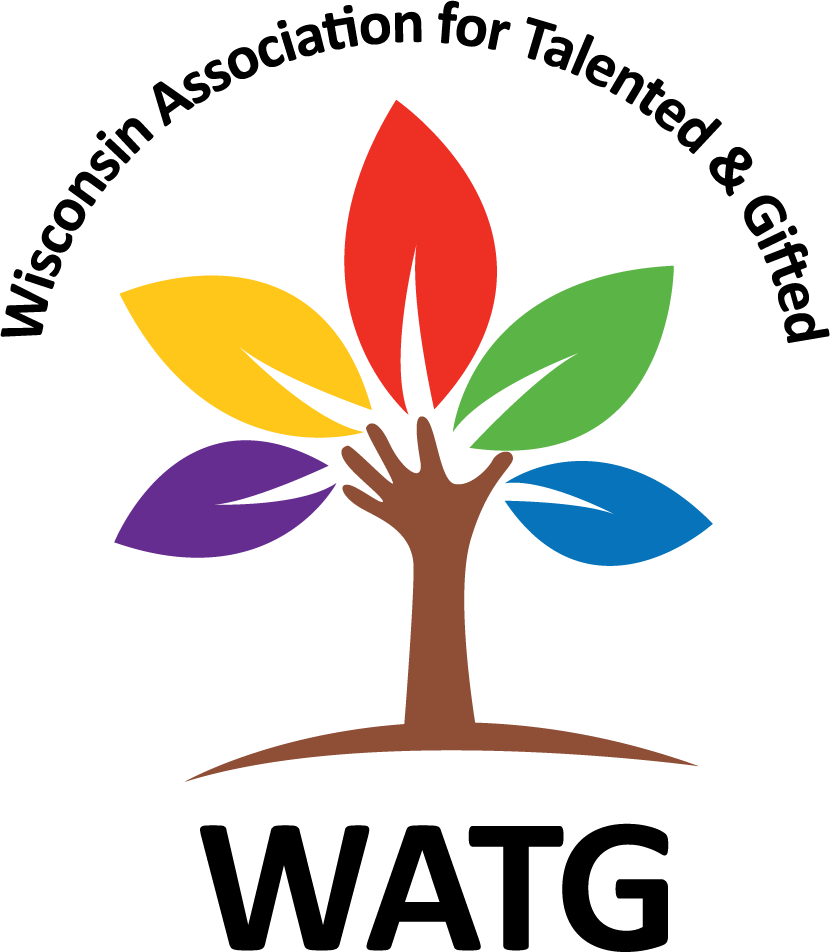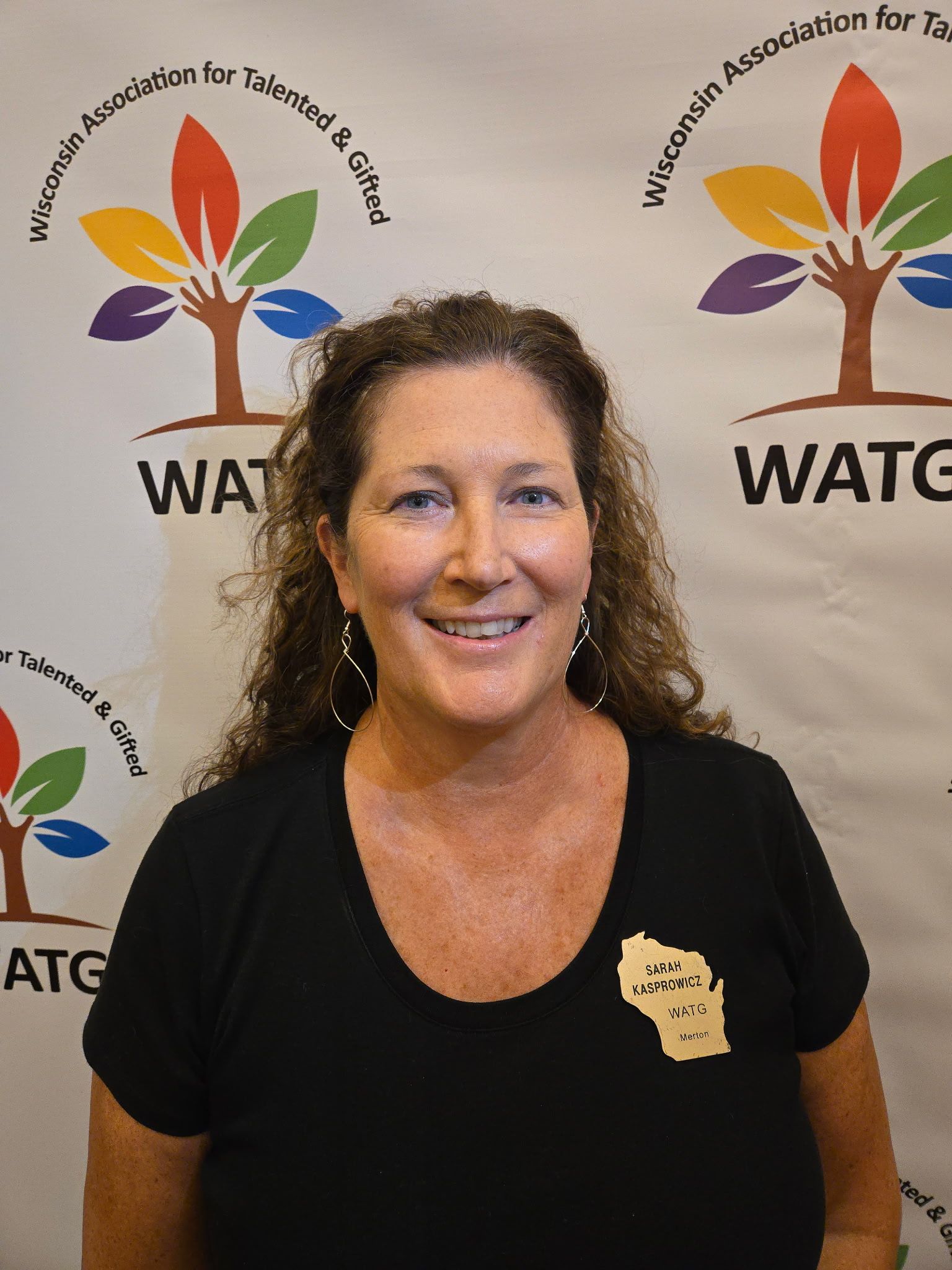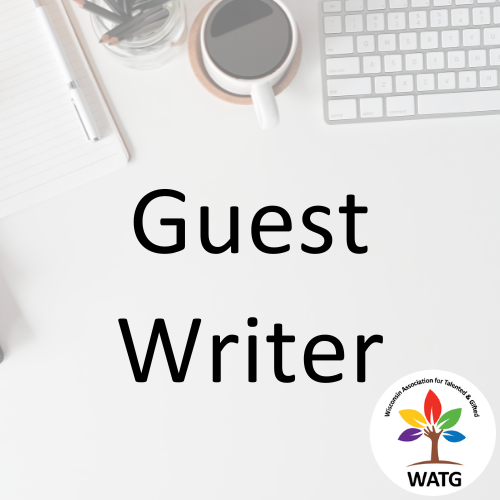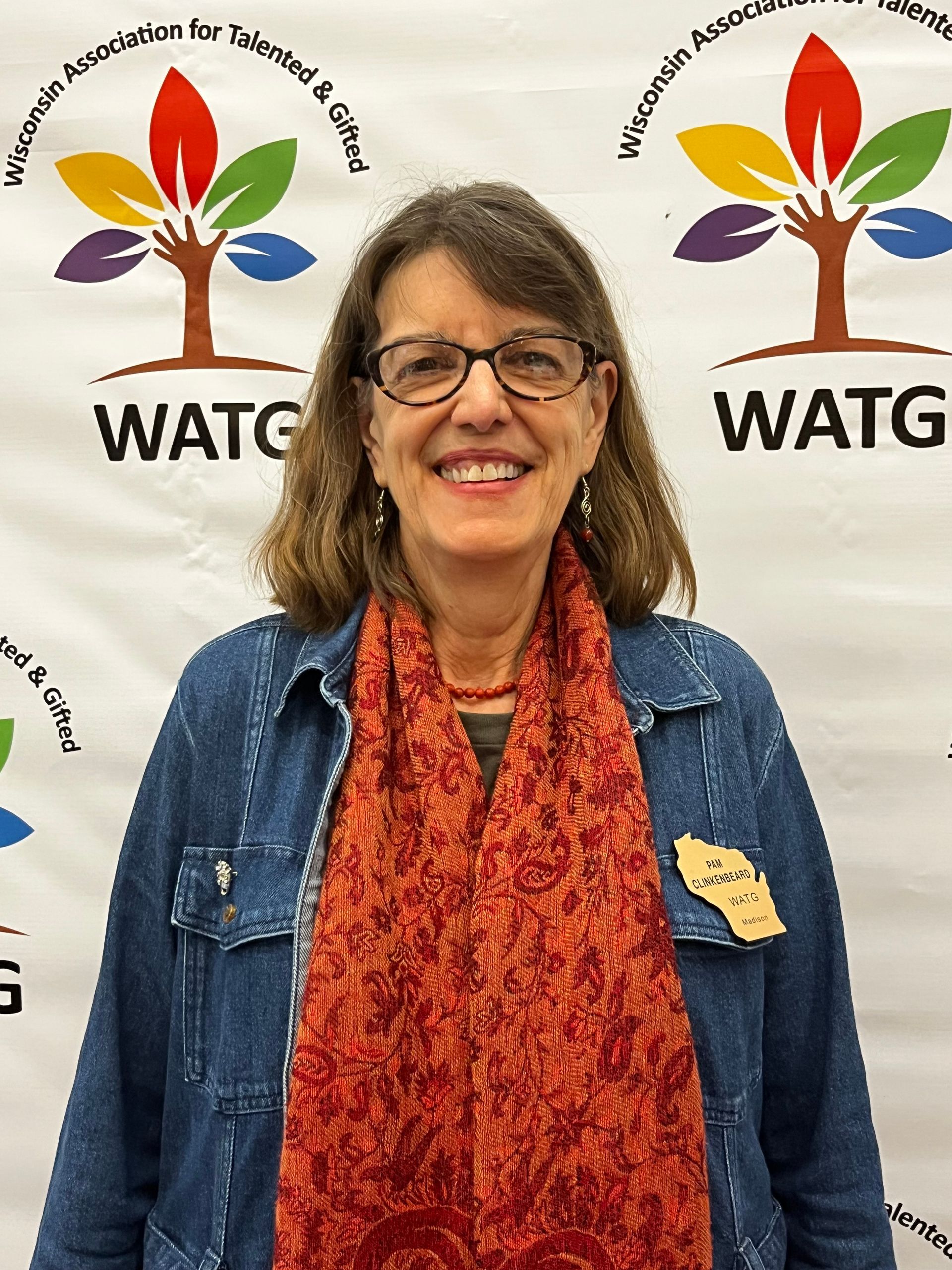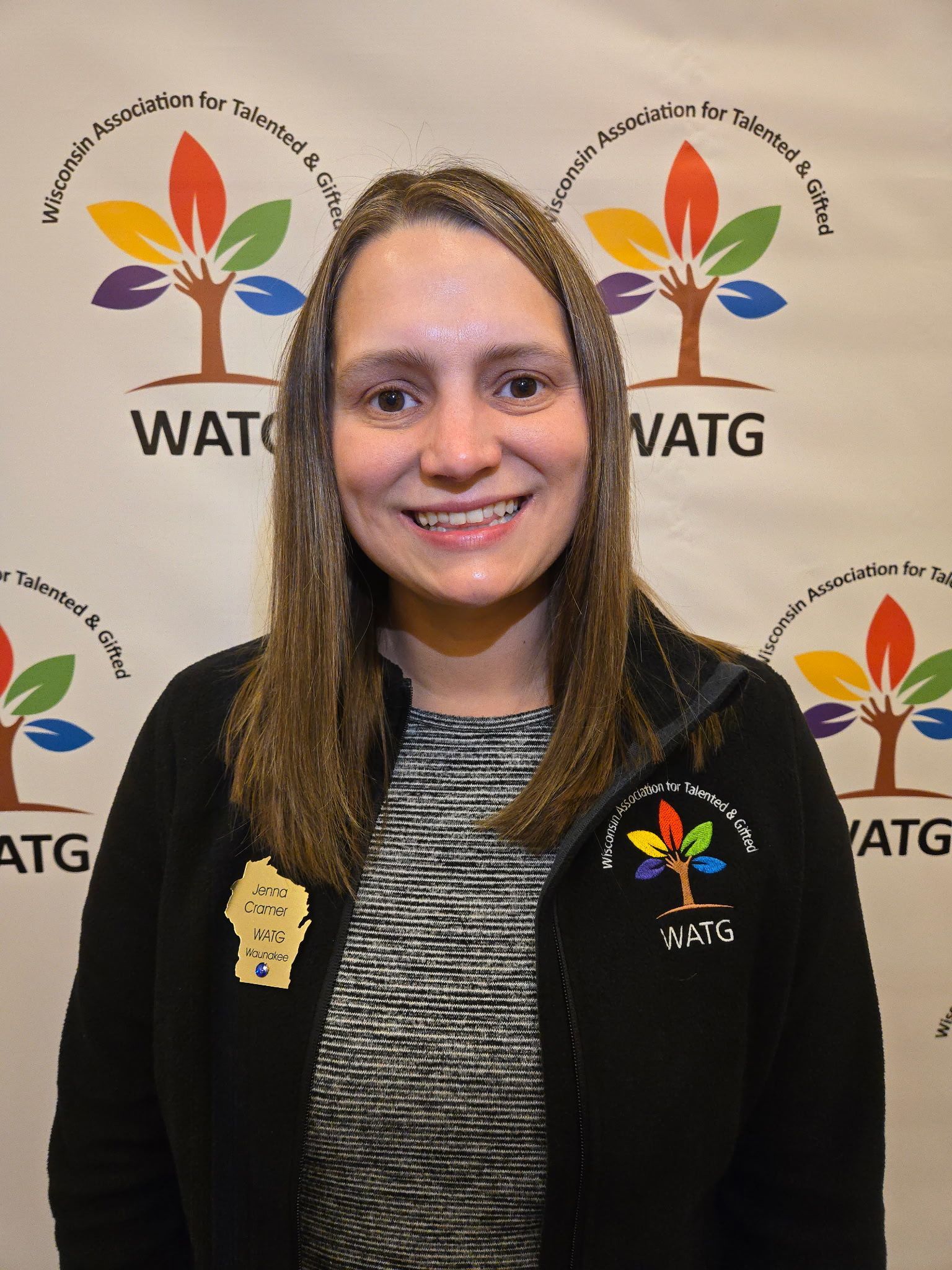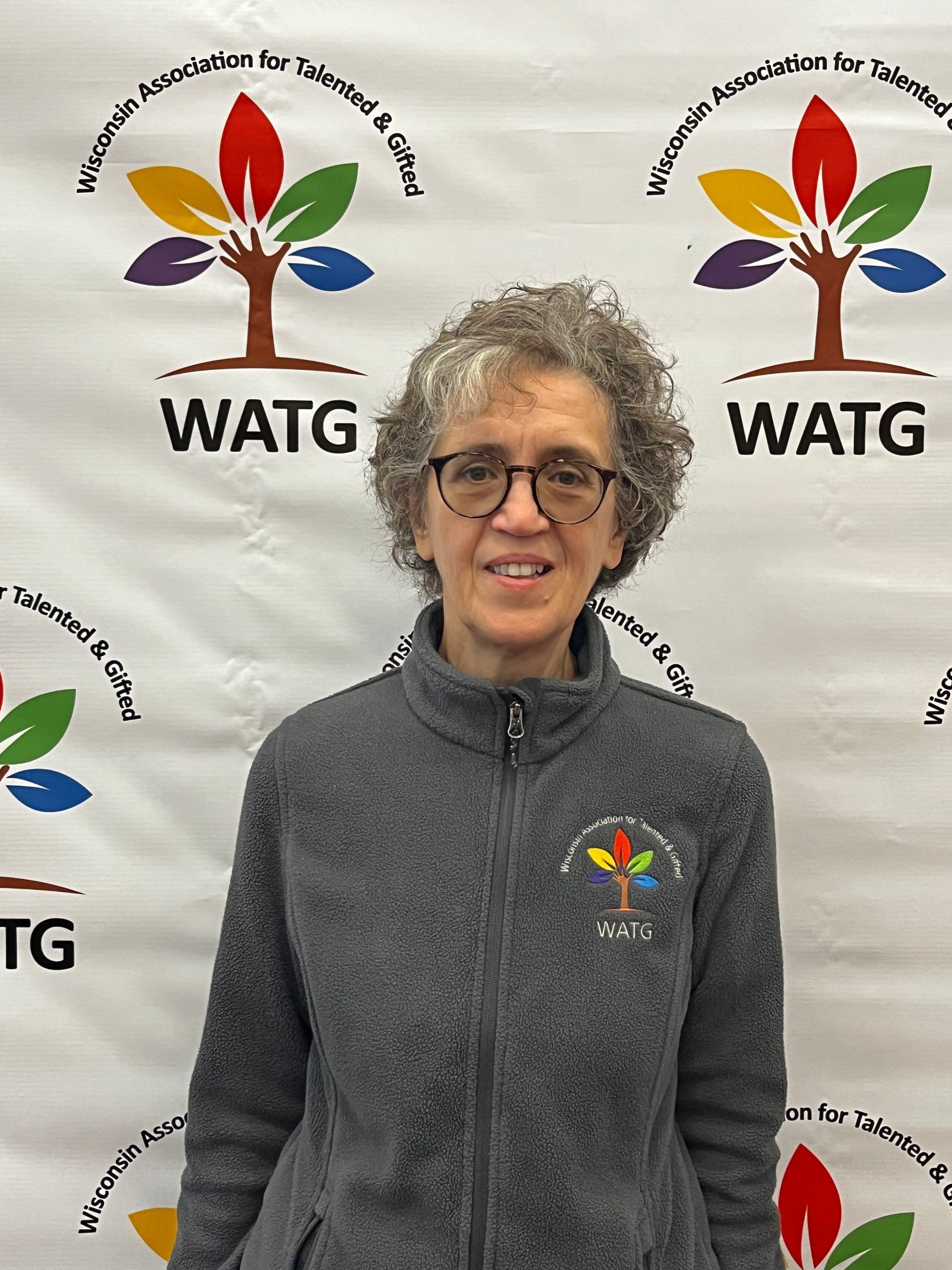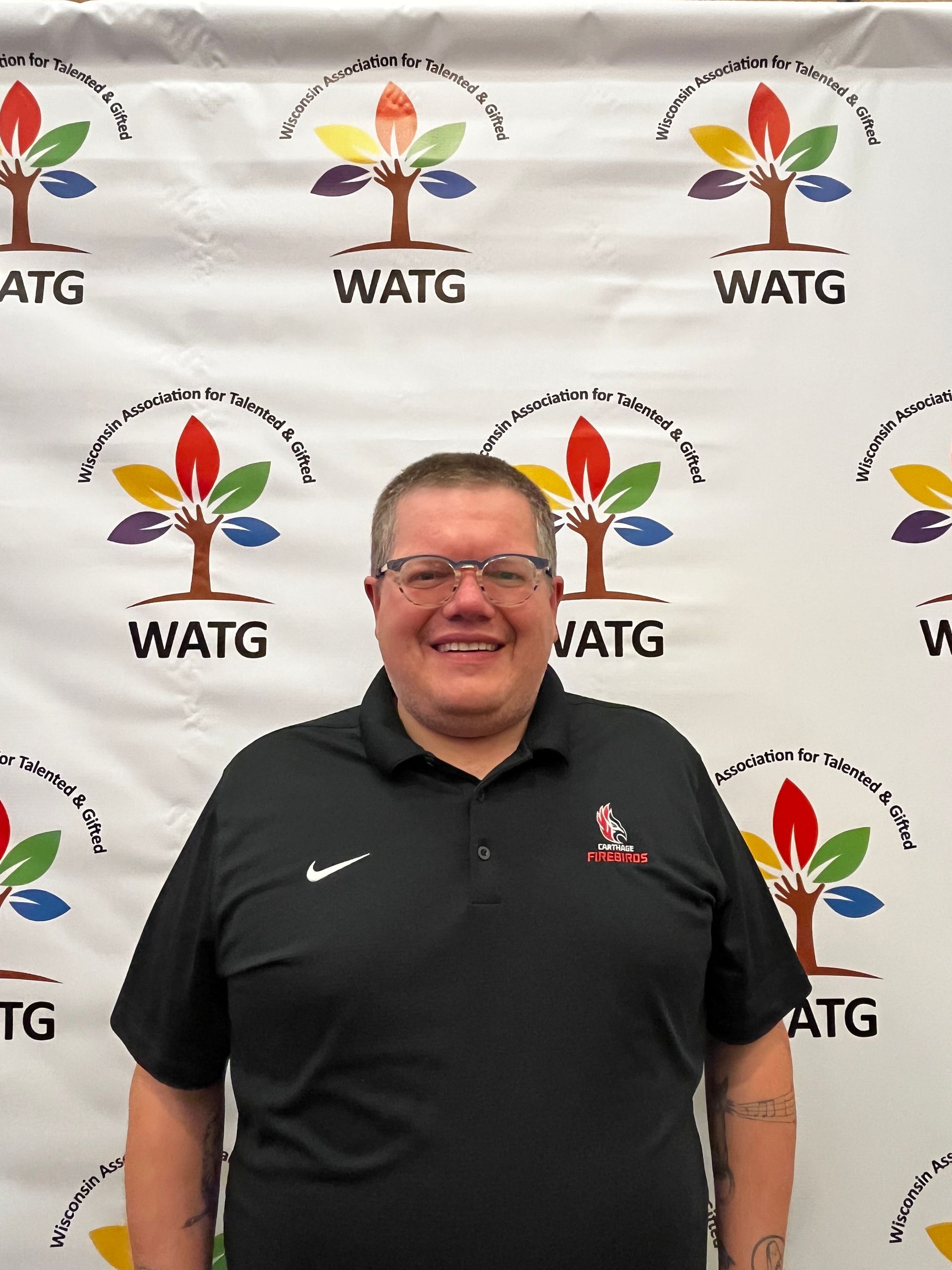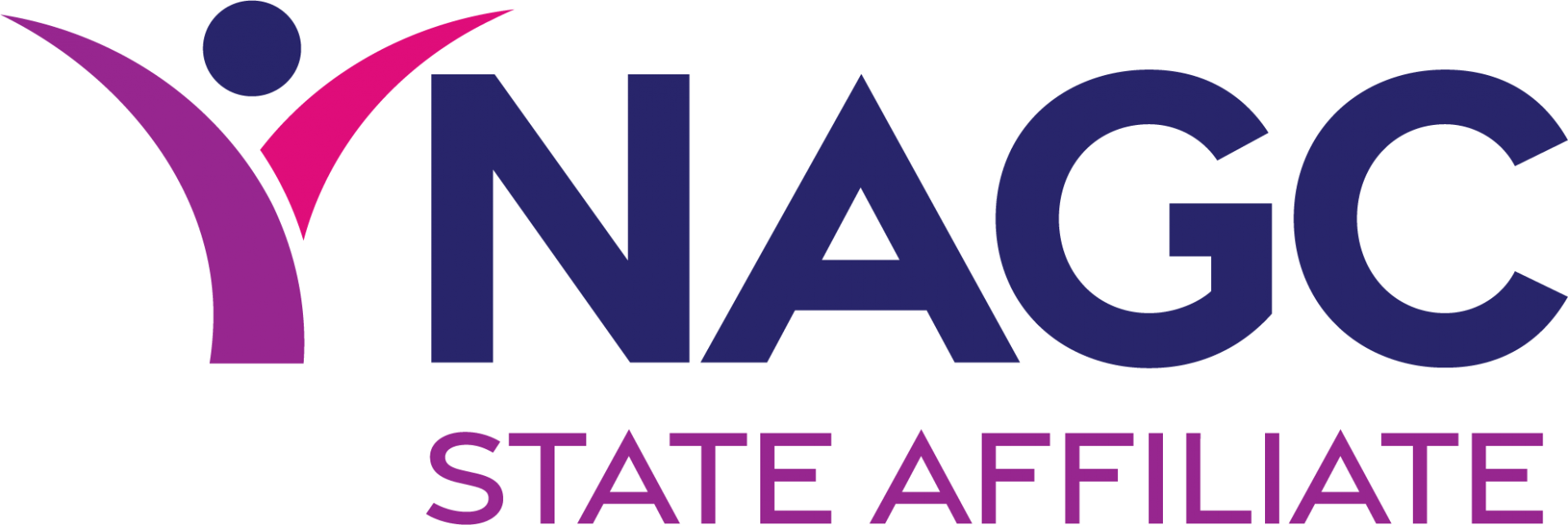The Gift of Cross-Domain Thinking
As I attended workshops and presented them at the annual Wisconsin Association for Talented and Gifted fall conference this past October, I often found myself wondering – what are the best “gifts” we can give to our students? While Dr. Matt Zakreski and Dr. Dante Dixon, our keynote speakers, spoke of hope, I wondered about additional important gifts, and especially about curiosity, creative and critical thinking, and the genius of cross-domain thinking.
In our increasingly standardized world of teaching, there is often little room for students (and educators) to engage in curiosity and creative and critical thinking, and its resultant cross-domain thinking, invention, and contributions to humankind.
In a July 2025 article in Psychology Today entitled
How to Teach a Kid to Think Like a Genius,
author Timothy Cook shared a story about an eight year old student who reminded him of Leonardo da Vinci. The student was creating and perfecting a catapult, drawing on his knowledge of physics, art, his environment, and the scientific method of experimentation. The work was highly engaging and the child was in “flow,” a phrase coined by Hungarian-American psychologist
Mihaly Csikzentmihalyi. When we are in a state of “flow,” time becomes irrelevant and unnoticed. Curiosity, creativity, and critical thinking rule. In short, the child in Cook’s story was “thinking like a genius”. He was able to see connections across different domains of his knowledge, a skill that is becoming increasingly valuable for today’s kids. With information so readily available at our fingertips thanks to AI and the internet, the ability to discern connections across ideas and disciplines becomes even more important. And this is uniquely human skill.
So how can we facilitate this type of renaissance genius-type thinking in children and ourselves?
First, Cook explains the neuroscience of this genius-type of thinking. “Modern brain imaging reveals that creativity arises from dynamic interaction between different
neural networks, particularly the
default mode network (associated with spontaneous thought) and the executive control network (linked to focused
attention and evaluation) (Benedek and colleagues, 2018).” Genius thinking requires both working in synchrony, and like any other skill, requires repeated and refined practice.
Cook postulates that schools, sometimes accidentally or unintentionally, destroy this process by requiring much testing and time-on-task requirements, often requiring students to process at lower levels of thinking such as recall and recognition. What if, instead, we deliberately created opportunities for curiosity to emerge, and opportunities for creativity and critical thinking to be utilized? What if we asked them to think cross-domain more frequently? For example, could interpreting graphs and creating written “what if” questions be combined? Could students study great artworks and look for evidence of scientific concepts like shadows, invention, or new techniques? What if the connections between math and music were more explicitly explored? The possibilities are endless, but we need to create them. And this work can be done in schools and in homes. Here are some ways:
- Design challenges that require students to investigate various time periods. For example, what did transportation look like over the ages? Why did things change? How could one design an improved mode of transportation for the future? What things do you wish were incorporated into modern transportation? How can art and science help you?
- Help students look for patterns across domains. What are some of the big unifying concepts…systems, collaboration, classifications, elaboration on existing ideas, etc.? How does knowledge in one domain influence another?
- Encourage students to read, watch various programming, and check out websites and information across genres and domains. Kids who are curious about a myriad of topics will become kids who can think more connectively. Cultivate and model curiosity yourself, and make time for it in your life, and the life of children.
- Ask students to elaborate on their thinking often. Ask probing questions. Ask them to try on different perspectives or points of view. Questions such as “what would _____ look like, sound like, feel like, or smell like to _____?” generate creative and critical thinking.
- Create time and spaces where students can tinker. Curiosity and creativity often generate messes, delightful and quirky messes. These are the cradles of cross-domain thinking, spaces where curiosity drives investigation, and meaningful learning occurs.
- Support problem-based learning as a method to force cross-domain thinking. Encourage research across domains before students propose solution/s.
In a world where AI can generate knowledge, only human beings can bridge artificial boundaries to create new things and new ways to do things. Cook sums it all up with this statement, “Every child has the neurological capacity for creative synthesis. It's not an innate talent but a learnable pattern. When we teach children to think like Leonardo da Vinci, to ask questions others overlook, and to synthesize knowledge from seemingly unrelated fields, we're preparing them to create meaning for themselves and to make a positive impact on the world.”
What have you tried? How are you growing students in cross-domain thinking at home and in school? As always, I appreciate hearing your thoughts. Together we grow.
- Jackie Drummer, Past President and Current Board Advisor
Recent Posts

